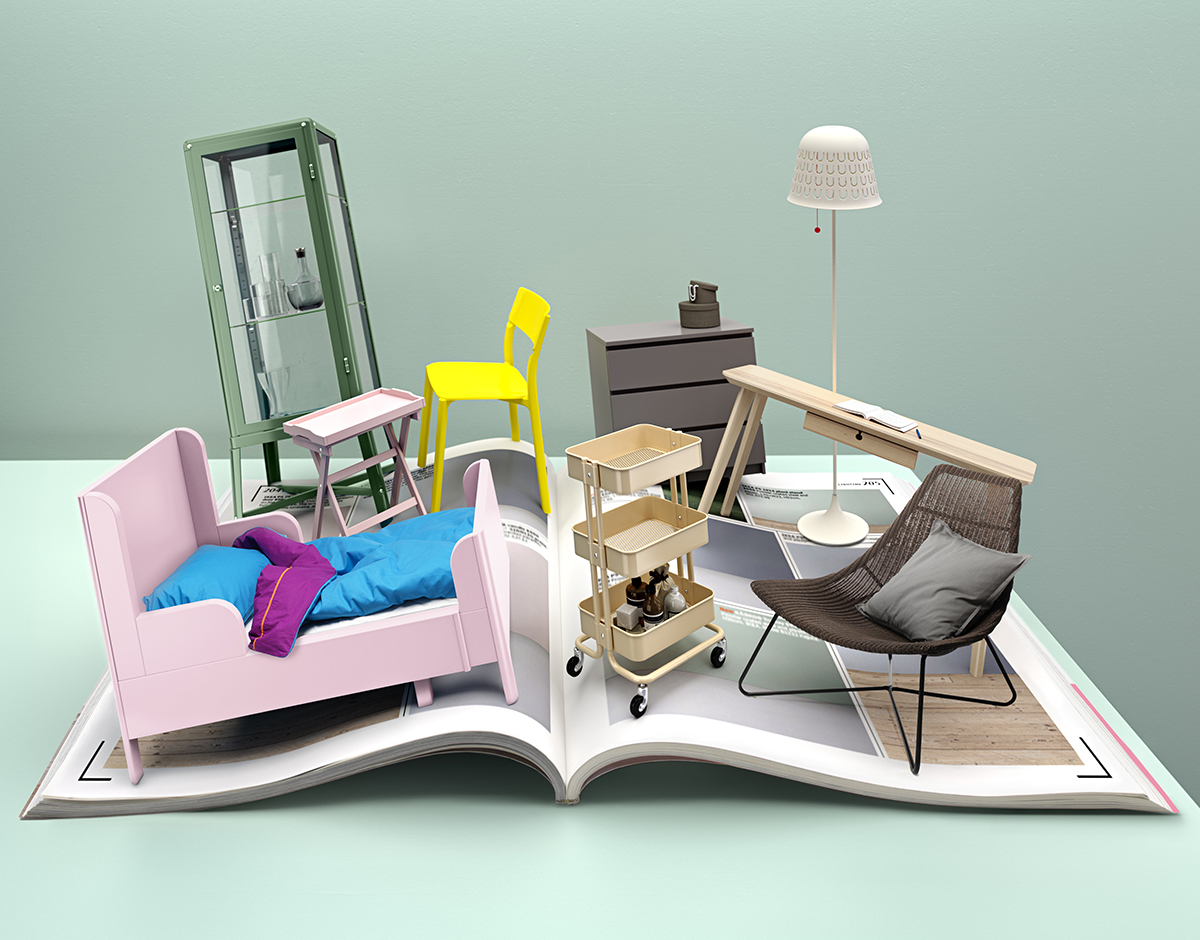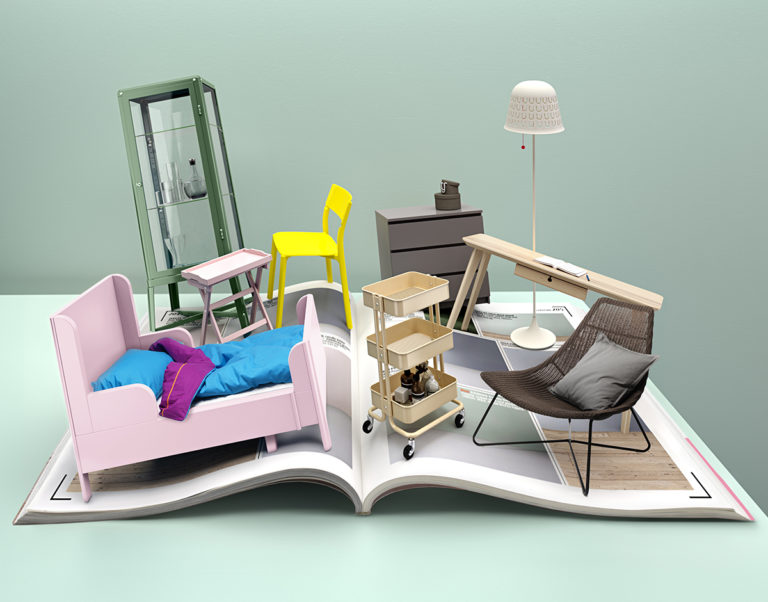Imagine that 20 years ago someone had told you that you would purchase your music, car insurance, airline and hotel tickets, stocks, books and even shoes on a computer that fit in your hip pocket. That you would not have an agent or broker between you and the stock exchange or the airline or insurance company. And imagine that you could do all the comparative research needed to execute your transaction in your pajamas! You would have told that person they were dreaming.

Well, lately I have been dreaming as well. As my generation (the baby boomers) settles into its post-nesting years, less and less of our disposable income will go to durable goods such as home furnishings. Instead, once college for the kids is taken care of, our disposable dollars will go back into bolstering our retirement accounts, and then to travel.
Our absence leaves the future of home furnishing consumption to the next generations: Gen-X, Y and soon, the Millennials. This generation, many of whom grew up with a cell phone as a birthright, will have no qualms about not sitting on a sofa before they buy it. This generation put companies like Zappos the online shoe retailer on the map. They grew eBay into a monolithic clearing house for everything from rare coins and dolls to automobiles and airplanes.
Buy a pair of shoes online without even trying them on? Sure, this generation can reconcile the relatively benign inconvenience of returning something, with the huge convenience of carrying on with their multitasking. Think of this: these “kids” watch T.V., carry on a live chat on the computer, text message friends from their smart phones, reply to Facebook posts AND do their homework at the same time! These power users of all things tech will drive the explosive growth of home furnishings online.
All that is good news for an ailing industry. But, the glacial pace at which the Home Fashion Industry moves may keep us from a fully realized online presence a bit longer, but it will eventually change. The early adopters may unfortunately suffer some ridicule and perhaps a backlash from the traditional forms of distribution, e.g. walk-in Furniture Stores. However, the momentum toward adopting online furniture sales is inevitable and moving forward. Crate & Barrel, Pottery Barn, Williams Sonoma Home and other large furniture retailers report faster than expected growth within the online sector.
The ultra-lux online retailer Gilt is adding Home Fashion as major new growth campaign on its invitation only website. Gilt is a luxury online retailer of fashion and jewelry. Eventually and by necessity, the Home Fashion market will have the perfect vehicle in the Web to remove the multiple layers between the manufacturer and the eventual consumer. This will of course spell bad news for the middle-men. What to say about that is another topic altogether.
The online Home Furnishings future also portends a new egalitarianism for the small independent Interior Designer. In the past, the small or “housewife” designer was ridiculed for A: not having a serious office and staff and B: Not Stocking product. Most, if not all, were relegated to the retail store (something their own customer could do) or the trade showrooms that were not retail, but no bargain either.
With the advent of online buying, designers who heretofore could not meet minimum orders can avail themselves of better than retail pricing and quick responses from the factories. The more established design firms benefit as well. The new system will allow them to purchase just what they want, when they want it. No need to slog through multiple catalogs trying to find just the right thing, when the keyword search found it in milliseconds.
Another component to convenience and speed is that designers can purchase when their time allows. This means that the staff that are now doing their own job and that of three others, can buy at any time day or night. So if working late at home over a cup of tea and in slippers or at the office with a glass of wine, they can execute their purchases on their schedule, not the factory or sales rep’s.
This is truly a brave new world in commerce. But fear not! We have nothing but positive data to look upon to show us that its working in virtually every consumer sector. The market will always demand an efficient system. It will tolerate waste until a better model is available. We are there now. How long it will take us to adapt will depend on industry leadership and willingness to break old molds. If we keep our customers in mind, the change will come sooner than we might expect.













